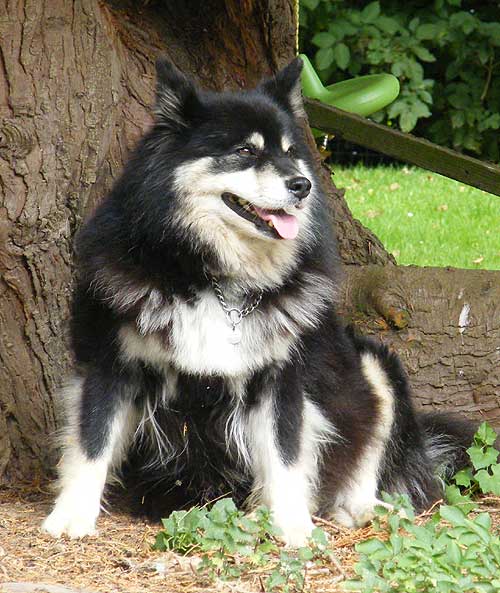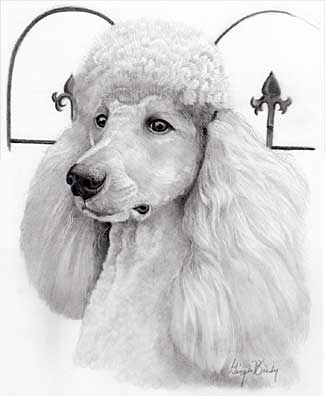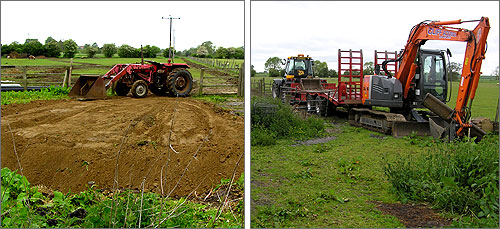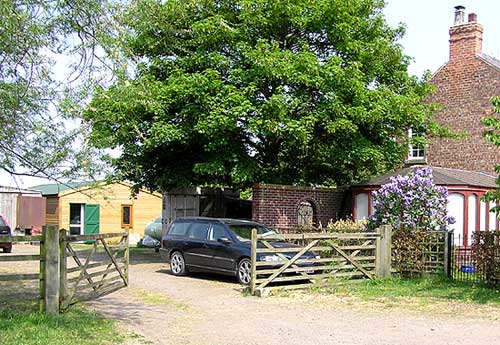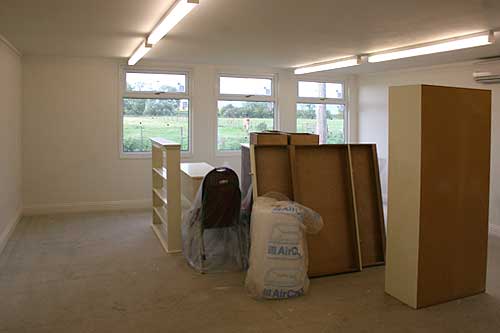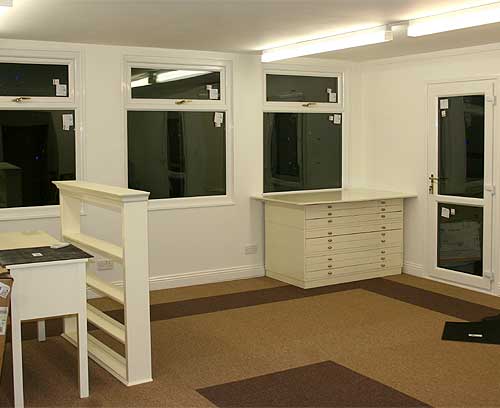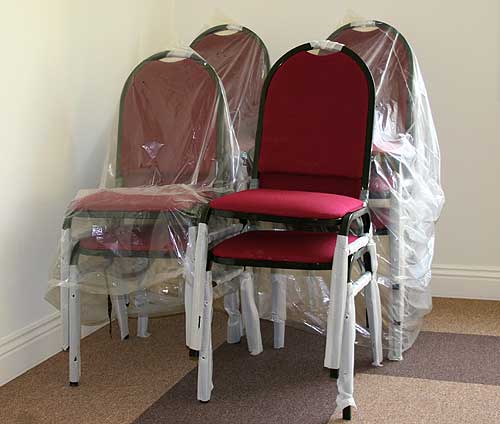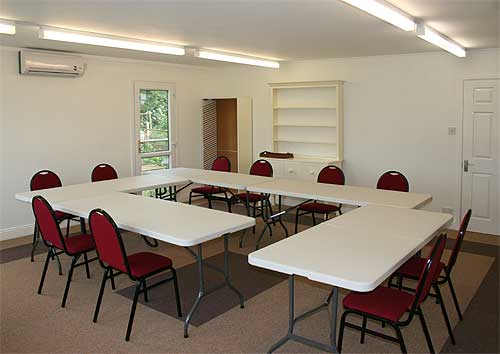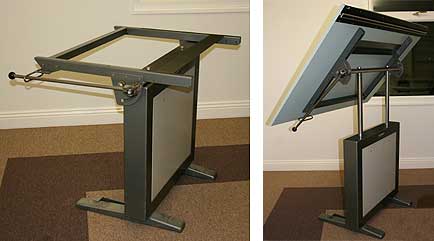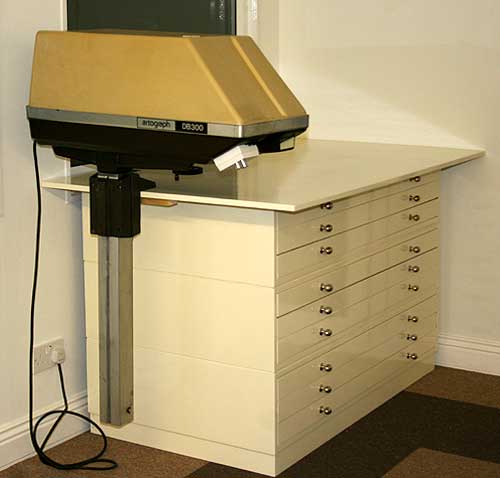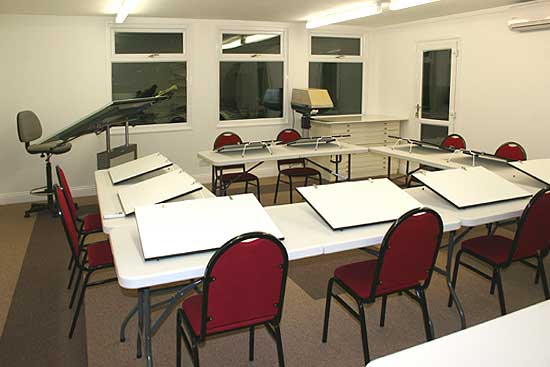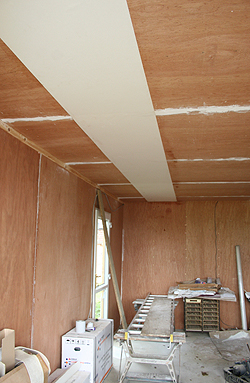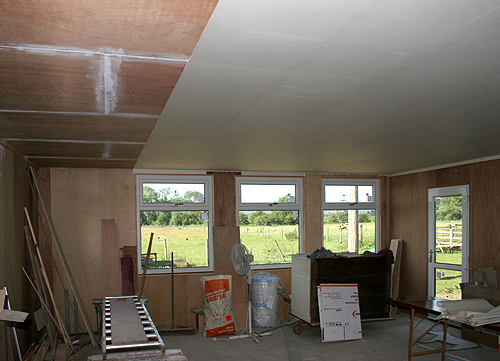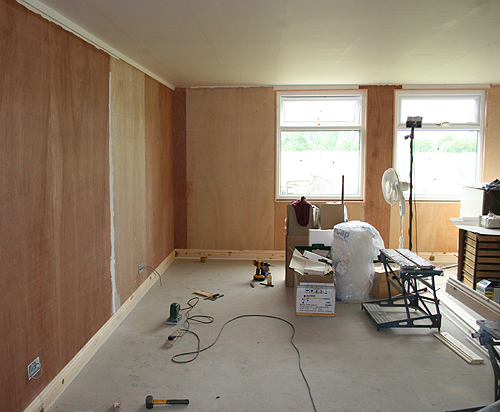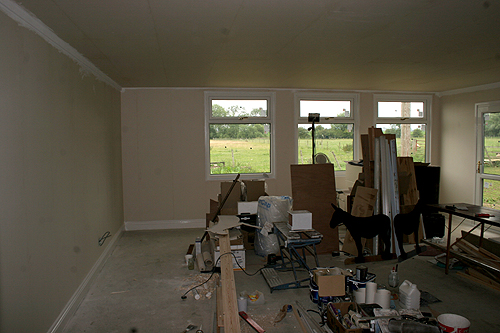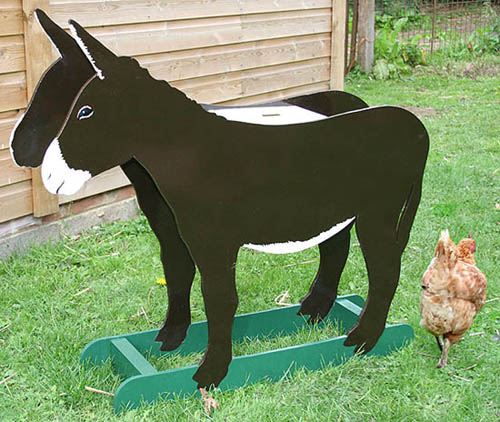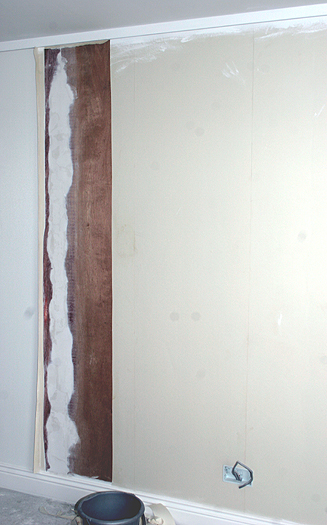Michael emailed to ask:
I was looking over your most excellent website regarding fine art drawings. I referred to some of your tools on the “tools and tips” page. I had a question. Basically you present drawings and drawing instruction in graphite. But the tools you use – particularly the Staedtler clutch pencils and leads are actually carbon, at least here in the US they are.
This a Staedtler “problem” I’m often asked about – particularly when an artist has ordered Lumograph “graphite” but received a pack of “carbon” leads.
First, a little history: The Staedtler Mars Lumograph brand dates from 1931 and the lead’s slightly waxy composition was formulated for the creation of graphite drawings that could be printed from without the need for inking. Over time this formulation replaced the plain Mars leads.
Originally wood-cased Lumograph pencils were designated as “2886” and leads (for leadholders or clutch pencils) as “1904”. These later became “100” and “200” respectively. I have in my possession packs of “2886” 2B wood-cased pencils and later “100” designated pencils, and they are indistinguishable in all respects – except for the gold writing that is now printed in white.
I also have elderly packs of 2mm “graphite” leads and the more recent “carbon” leads – both with the “200” designated stock number and they too are identical.
Staedtler manufactured two types of leads for holders – thin, for mechanical pencils and 2mm for clutch pencils. The thin leads were made from a technique known as “carbonisation” and, as I understand it, the raw materials used could have included natural graphite, pet and pitch cokes, and soots – in other words ‘carbon’. The graphite used for the 2mm leads is itself just a very pure form of carbon, so it seems likely that Staedtler just decided to call all their graphite leads for mechanical and clutch pencils “carbon”. So there you have it – the difference is zero, zilch, nada, nothing at all.
As Staedtler themselves say on their website under ‘graphite pencils and accessories’ “Easy to refill with “…STAEDTLER Mars micro carbon mechanical pencil leads”.
Graphite or “lead” pencils:
As you probably know, pencil ‘lead’ contains no actual lead, just graphite, so it is non-toxic and very stable, and graphite is a form of pure carbon.
Charcoal pencils:
These are made of charcoal and provide richer blacks than graphite pencils, but tend to smudge and are more abrasive than graphite.
Carbon pencils:
These are usually made of a mixture of clay and lamp black, but are sometimes blended with charcoal or graphite depending on the darkness and manufacturer. They produce a deeper black than graphite pencils, but are smoother than charcoal.
Incidentally, graphite has a flat plate-like structure where charcoal and carbon have rough grains. That plate structure reflects light – the common sheen displayed by pencil drawings – but the coarse grains of charcoal don’t reflect light at all, so blacks appear to be more dense. There is a solution – on completion, spray your graphite drawing with a matt fixative. The effect can be quite magical as the sheen disappears and your drawing pops with increased contrast. And a good fixative contains an Ultra-Violet filter to protect the paper against the effects of sunlight, so you should always fix your drawings.
With thanks to www.Leadholder.com for providing some of the information.
